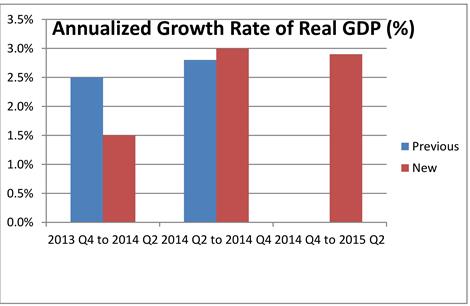If you have ever bought a house or followed the most recent economic crash starting in 2008, it’s likely you have come across the acronym RESPA, or more formally known as the Real Estate Settlement Procedures Act. In fact, it is mentioned somewhat extensively in the Deed of Trust one gets with their new mortgage. The law became effective in 1975 and in general requires lenders, mortgage brokers, or servicers of home loans to provide borrowers with disclosures that detail the costs of the real estate settlement process. The Act also prohibits many things such as kickbacks in the real estate transaction.
However, RESPA has been amended many times over the years with changes encompassing quite a few areas. Starting in 2008, as a result of the Residential Mortgage Backed Securities (RMBS) crises many changes were added and put into effect in 2010. These were widespread changes in how banks can invest but let’s leave that for another blog post. In this post we’d like to focus on the changes that relate specifically to the consumer and lender relationship and how things are laid out. Included in this Act were major changes to the HUD-1 Settlement statement and Good Faith Estimate. Some additional key points were improving the mortgage servicing disclosure language and eliminating outdated information for escrow accounts.
Further changes to the Act in 2010 included moving oversight from HUD to the Consumer Financial Protection Bureau (CFPB). Fast forward to 2013/2014 when more changes and additions were made including substantive changes to mortgage serving transfers, procedures and notices for borrower’s error resolution and information requests. But more importantly the new provisions included information regarding proper accounting and communications to the borrower. This extensive system of checks and balances went on to delineate about how lenders proceed with anything from forced-placed insurance to servicing policies and loss mitigation.
The final rules were published by the CFPB regarding the Dodd-Frank Act and put into effect on or after August 1, 2015. Under this rule, it directed the CFPB to publish a single integrated disclosure for mortgage transactions. This main document which spells out the requirements is called “TRID” (TILA-RESPA Integrated Disclosure). This disclosure does have its limitations as certain loans are not covered by this, however most loans that are standard purchase or refinance are protected by this disclosure.
So what does all this mean? Both borrowers and lenders want a clear outline or expectation of how loans are treated. Borrowers want to know that proper disclosures and notices are provided in a timely manner so they aren’t hit with unreasonable fees and even in some cases improper foreclosures. Stay tuned into our blog and we will talk more about the RMBS crises and Greenfield Advisors role and go into more details of the TILA-RESPA Integrated Disclosure and how we help both borrowers and lenders through this maze.






Recent Comments